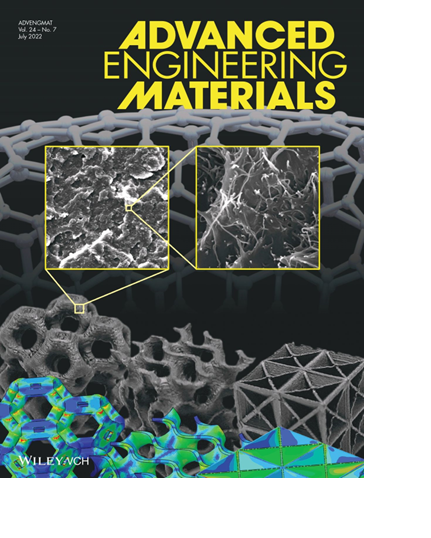|
Cellular materials are either naturally occurring or engineered porous materials with ordered or disordered arrangement of pores. Periodic cellular solids, usually referred to as lattices are usually engineered to enhance performance attributes such as energy absorption, specific stiffness, specific strength, negative Poisson’s ratio etc. Although such tailored lattices exhibit excellent mechanical properties, their functional attributes such as self-sensing, self-healing etc., have thus far been seldom explored. The integration of sensing into architected lattice geometries will be beneficial for an array of applications. In a recent study published in Advanced Engineering Materials, researchers from the University of Glasgow (led by Prof S. Kumar), Massachusetts Institute of Technology (Prof. Brian Wardle), and the University of Cambridge (Prof. Vikram Deshpande) sought to develop self-sensing cellular composites via additive manufacturing. Such self-sensing materials enable transduction of mechanical stimuli into electric signals. This study is featured on the cover page of Advanced Engineering Materials. This was also highlighted in Advanced Science News: 3D Printed Self-Sensing Materials
|
Research
|
About us
|
|


 RSS Feed
RSS Feed